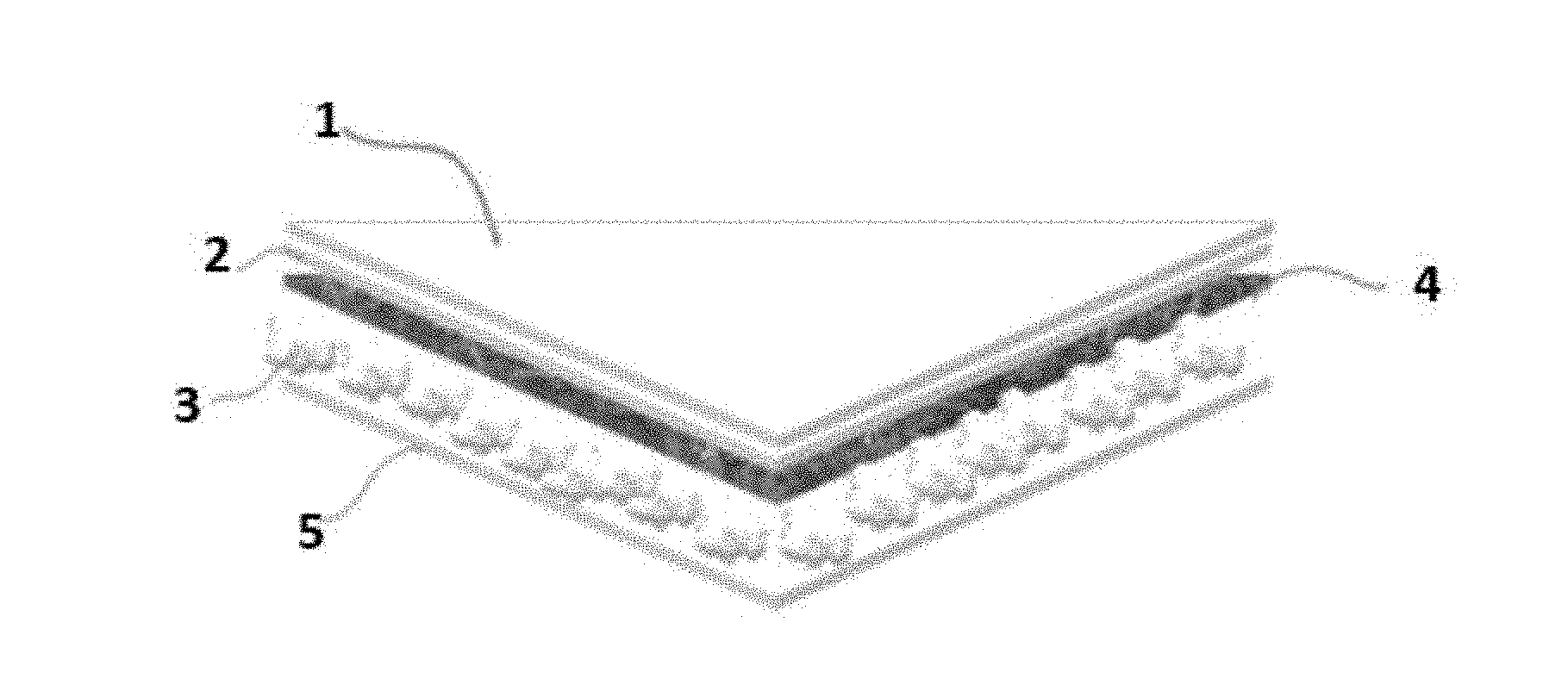Tear N Lair
Ortiz; Steven
U.S. patent application number 16/283822 was filed with the patent office on 2019-10-03 for tear n lair. The applicant listed for this patent is Steven Ortiz. Invention is credited to Steven Ortiz.
| Application Number | 20190297850 16/283822 |
| Document ID | / |
| Family ID | 68057461 |
| Filed Date | 2019-10-03 |


| United States Patent Application | 20190297850 |
| Kind Code | A1 |
| Ortiz; Steven | October 3, 2019 |
Tear N Lair
Abstract
Rodents have incisors that continuously grow and need to be worn down over time. Tear N lair consists of pulp, wood and cotton all combined to make 1 sheet of paper. When the pulp, wood and cotton is combined this creates a gnawing object of different grades of material allowing for proper wear on the incisors of a rodent. The process involves creating and forming layers of fibrous material from a pulp base that when combined create a fibrous wood and cotton paper. This process is creating a material of paper that can be layered with cotton, wood and other forms of paper. Added forms of paper may be soft or harder in grade. Added forms of paper may include shredded paper or wax paper. When joined these materials create layers that allow rodents to tear, shred and separate. Layers that are separated can also be used as a laying material allowing the rodent to rest on top. The separated material creates a cushion of padding.
| Inventors: | Ortiz; Steven; (bronx, NY) | ||||||||||
| Applicant: |
|
||||||||||
|---|---|---|---|---|---|---|---|---|---|---|---|
| Family ID: | 68057461 | ||||||||||
| Appl. No.: | 16/283822 | ||||||||||
| Filed: | February 25, 2019 |
Related U.S. Patent Documents
| Application Number | Filing Date | Patent Number | ||
|---|---|---|---|---|
| 62651073 | Mar 30, 2018 | |||
| Current U.S. Class: | 1/1 |
| Current CPC Class: | A01K 2227/105 20130101; A01K 15/026 20130101; D21H 11/12 20130101 |
| International Class: | A01K 15/02 20060101 A01K015/02; D21H 11/12 20060101 D21H011/12 |
Claims
1) A single sheet of paper with improved strength comprising: a. Layers of cotton, wood and pulp mixed into one actual layer which forms one sheet. b. the process of forming and combining cotton, wood and pulp into 1 sheet creating 1 final layer. c. the use of cotton, wood and pulp in 1 sheet as a rodent gnawing object allowing for the reduction in side of incisors.
Description
[0001] When pulp, wood and cotton are combined a form of paper is created to wear down the incisors of rodents. This process involves adding layers of cotton, wood and pulp and mixing into one actual layer which forms one sheet. When all the materials are added it creates one entire sheet of paper. There are different forms of strengths created by combining wood, cotton and paper. The thickness of the paper varies by the forming process. Once a sheet is given to a rodent they will gnaw and chew. The sheet will be shredded and torn into pieces. This sheet will help reduce the length of the incisors if given in moderate amounts. The wood layer allows the incisors to wear down while the pulp and cotton allow the wood to be held firm in place. A fresh sheet should be given every week. Once the material is broken down the rodent will create many pieces of material that can be grouped and made into a form of padding in which the rodent can then use to burrow or lay on top of.
BRIEF DESCRIPTION OF DRAWINGS
[0002] FIG. 1 is a front angle view of an inside view of layers that form one sheet of paper [0003] Number 1 is a layer of fibrous material [0004] Number 2 is a layer of wax material [0005] Number 3 is a layer of cotton material [0006] Number 4 is a layer of shredded wood or whole wood material [0007] Number 5 is a layer of fibrous material
* * * * *
D00000

D00001

XML
uspto.report is an independent third-party trademark research tool that is not affiliated, endorsed, or sponsored by the United States Patent and Trademark Office (USPTO) or any other governmental organization. The information provided by uspto.report is based on publicly available data at the time of writing and is intended for informational purposes only.
While we strive to provide accurate and up-to-date information, we do not guarantee the accuracy, completeness, reliability, or suitability of the information displayed on this site. The use of this site is at your own risk. Any reliance you place on such information is therefore strictly at your own risk.
All official trademark data, including owner information, should be verified by visiting the official USPTO website at www.uspto.gov. This site is not intended to replace professional legal advice and should not be used as a substitute for consulting with a legal professional who is knowledgeable about trademark law.